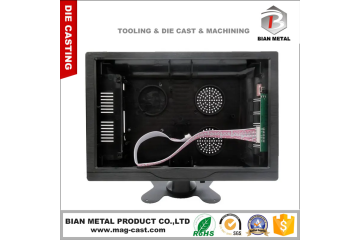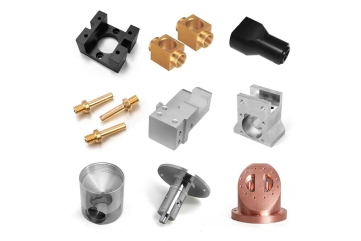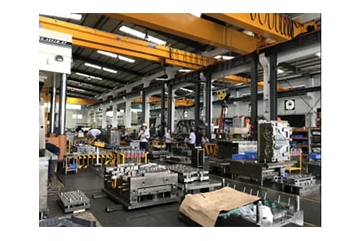What is die casting vs casting?
In the manufacturing industry, casting and die casting are two commonly used processes for producing metal components. While both techniques involve pouring molten metal into a mold or cavity, they differ significantly in terms of their applications, processes, and outcomes.
Casting
Casting is a versatile manufacturing process that can be used to produce parts from a wide range of metals, including iron, steel, aluminum, brass, and bronze. It involves melting the metal to a liquid state and then pouring it into a mold or cavity. The mold is usually made of sand, metal, or ceramic, and it is designed to create the desired shape of the part. After the metal has cooled and solidified, the mold is broken open, and the cast part is removed.
Casting is often used for creating large and complex parts, such as engine blocks, machinery components, and sculptures. It allows for the production of parts with intricate details and complex geometries that would be difficult or impossible to achieve through other manufacturing processes. However, casting can be a relatively slow and labor-intensive process, and the resulting parts may require further finishing operations, such as machining or grinding, to achieve the desired dimensional accuracy and surface finish.

Die Casting
Die casting is a specialized form of casting that uses reusable metal dies, typically made of steel or hardened tool steel, to shape the molten metal. These dies are precision-engineered to create parts with very tight tolerances and a high degree of dimensional accuracy. In die casting, the molten metal is injected into the die cavity under high pressure, ensuring that the metal fills the entire cavity and produces a part with excellent detail and finish.
Die casting is particularly suitable for producing high-volume, low-tolerance parts, such as automotive components, electronic housings, and jewelry. It offers a faster and more cost-effective way to produce these parts compared to traditional casting methods. Additionally, die casting can produce parts with very thin walls and intricate features, making it ideal for applications where weight reduction and material efficiency are critical.
Comparison
The main difference between casting and die casting lies in the mold material and process. Casting uses molds made of sand, metal, or ceramic, which are typically destroyed after each use, while die casting uses reusable metal dies that can be used for multiple cycles. This makes die casting a more cost-effective solution for high-volume production runs.
Additionally, die casting offers greater precision and dimensional accuracy compared to traditional casting methods. The high-pressure injection process ensures that the metal fills the entire die cavity, resulting in parts with excellent detail and finish. In contrast, casting can produce parts with thicker walls and less intricate features due to the limitations of the molding process.
In summary, casting and die casting are both valuable manufacturing processes that have their own unique applications and advantages. Casting is a versatile technique suitable for producing large and complex parts, while die casting offers greater precision and cost-effectiveness for high-volume production runs.




